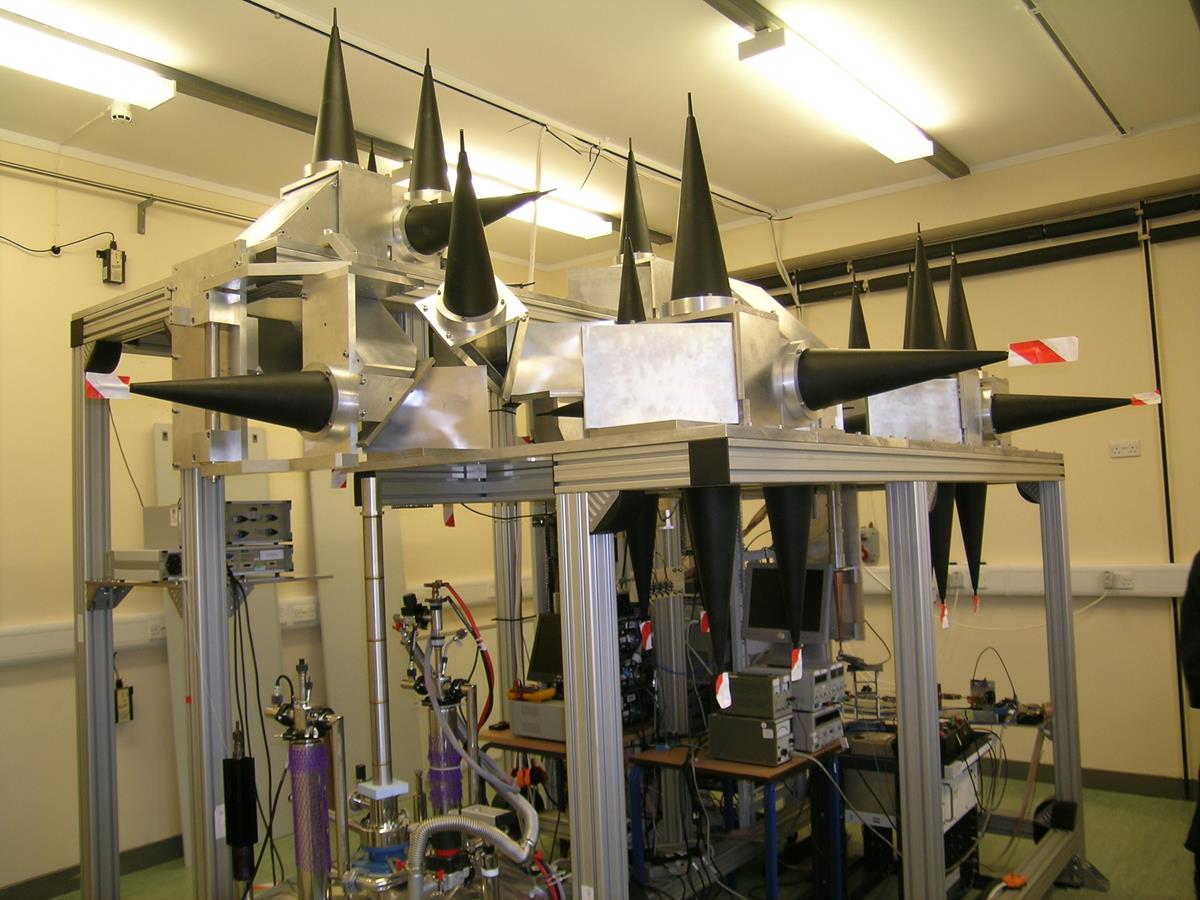The St Andrews 1nS dead time HiPER 94 GHz ESR Spectrometer is starting to produce results which demonstrate the power of such high powers short deadtime pulsed ESR mm-wave spectometer.
Recent papers - derived from the third implemention of HiPER in the US NHMFL are available from the following links
- Frequency-Swept Integrated and Stretched Solid Effect Dynamic Nuclear Polarizati
- Probing Fe–V Bonding in a C3-Symmetric Heterobimetallic Complex
- Gadolinium based endohedral metallofullerene Gd2@C79N as a relaxation boosting agent for dissolution DNP at high fields
- Toward increased concentration sensitivity for continuous wave EPR investigations of spin-labeled biological macromolecules at high fields
And a flysheet (2018) on HiPER performancde from Prof. Graham Smith is here

Thomas Keating is part of the HiPER partnership lead by Dr Graham Smith at St Andrews, to construct a pulse ESR spectrometer at 94GHz with single nanosecond pi/2 pulses and nanosecond dead-times with GHz detection bandwidths, incorporating phase cycling that will permit multi-dimensional, multi-resonance experiments including 2-D ESR, 2-D ENDOR, 2-D ELDOR, 2-D ESEEM, and to integrate the system with a state-of-the-art ultra-fast pulse laser facility that already exists at St Andrews.